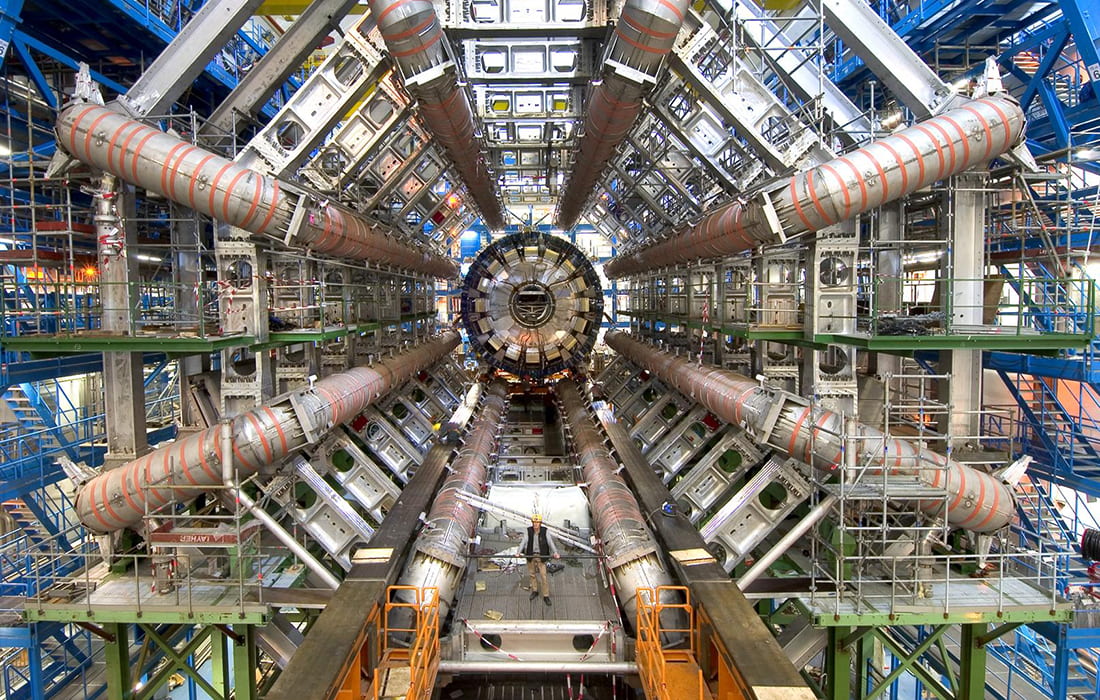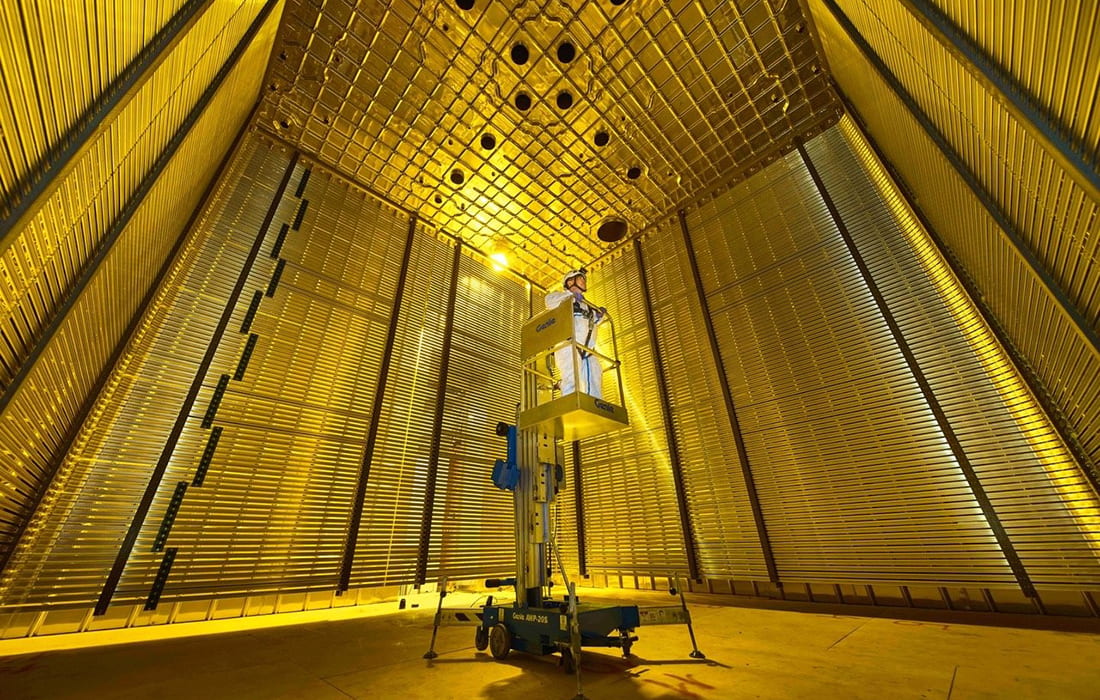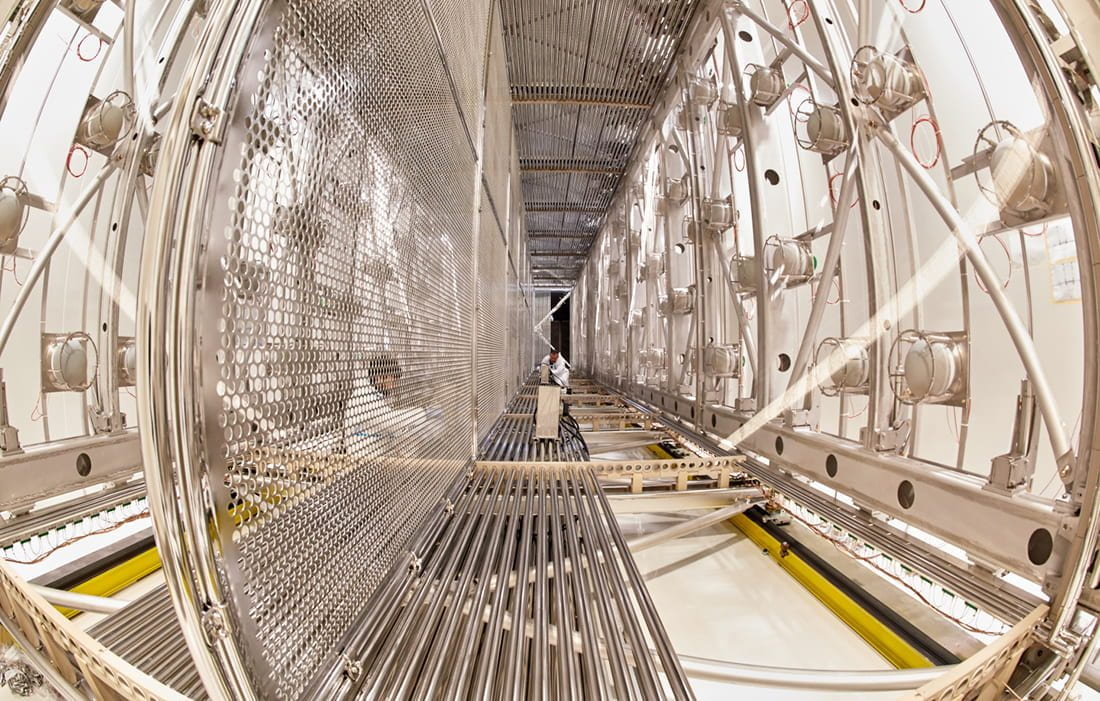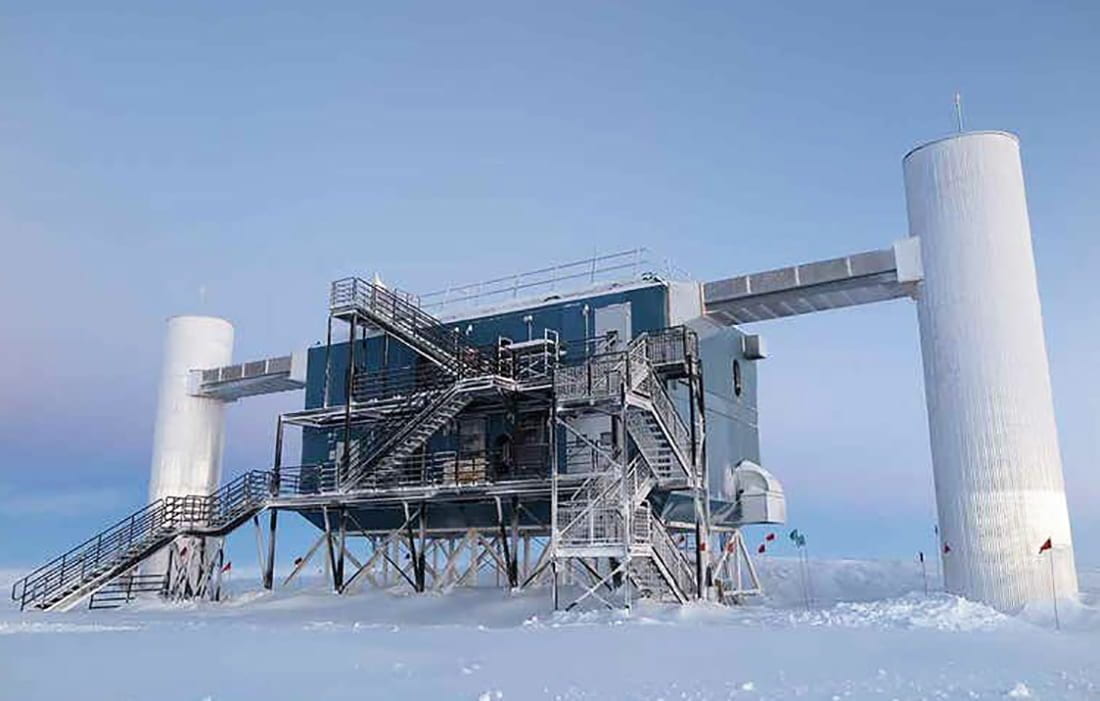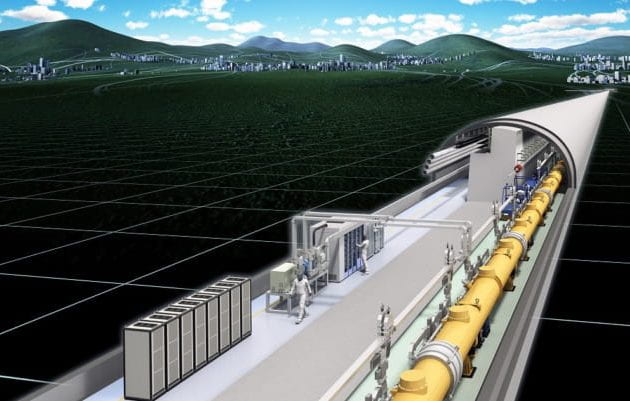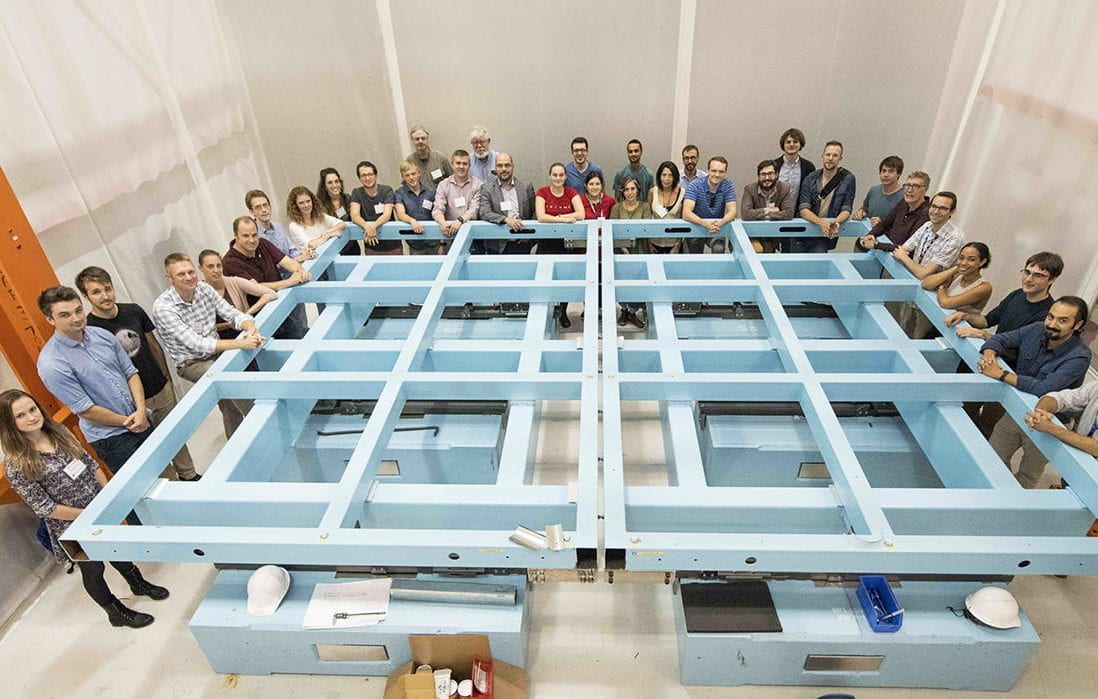The UTA Center of Excellence in High Energy and Nuclear Physics is dedicated to fundamental research at the highest energy scales through participation in experiments at the world’s most advanced accelerators. Group members share knowledge and expertise about research, detector technology, computing, and all areas of high energy physics. We are actively engaged in numerous fields of study, including the following:
- New particle searches (origin of mass)
- Supersymmetry and large extra dimension searches
- Studies of quantum chromodynamics
- Elastic and high mass diffractive scattering
- Grid computing
- Linear Collider detector research and development
